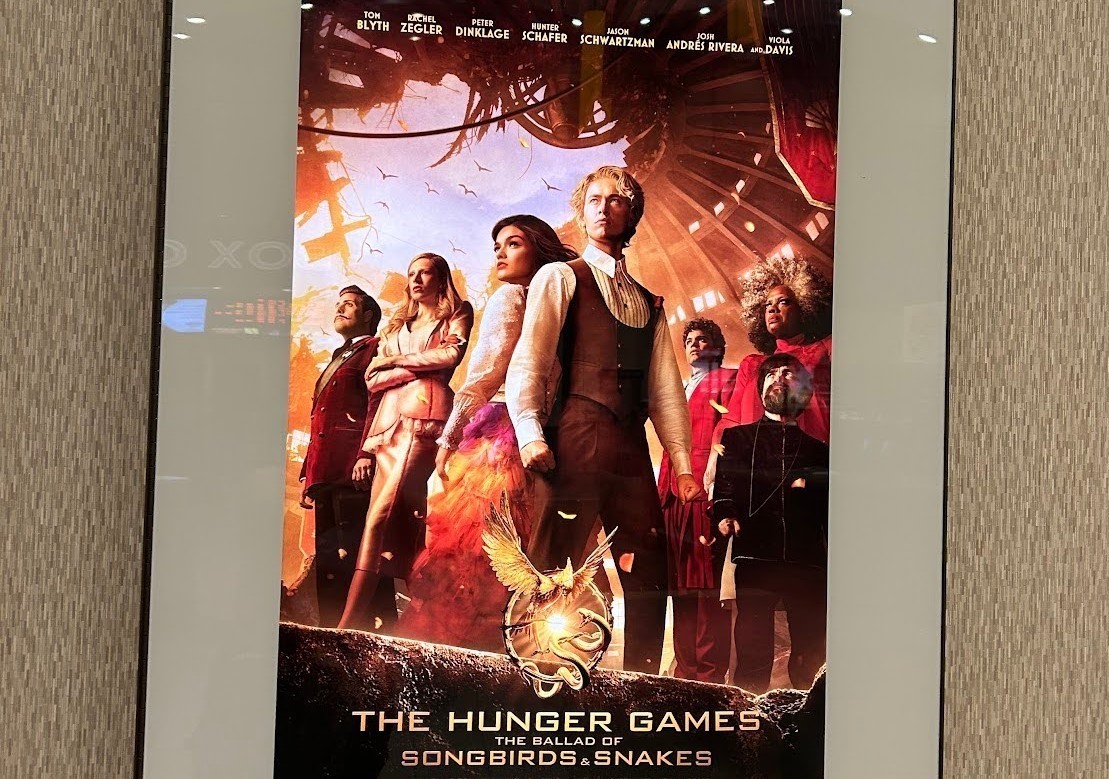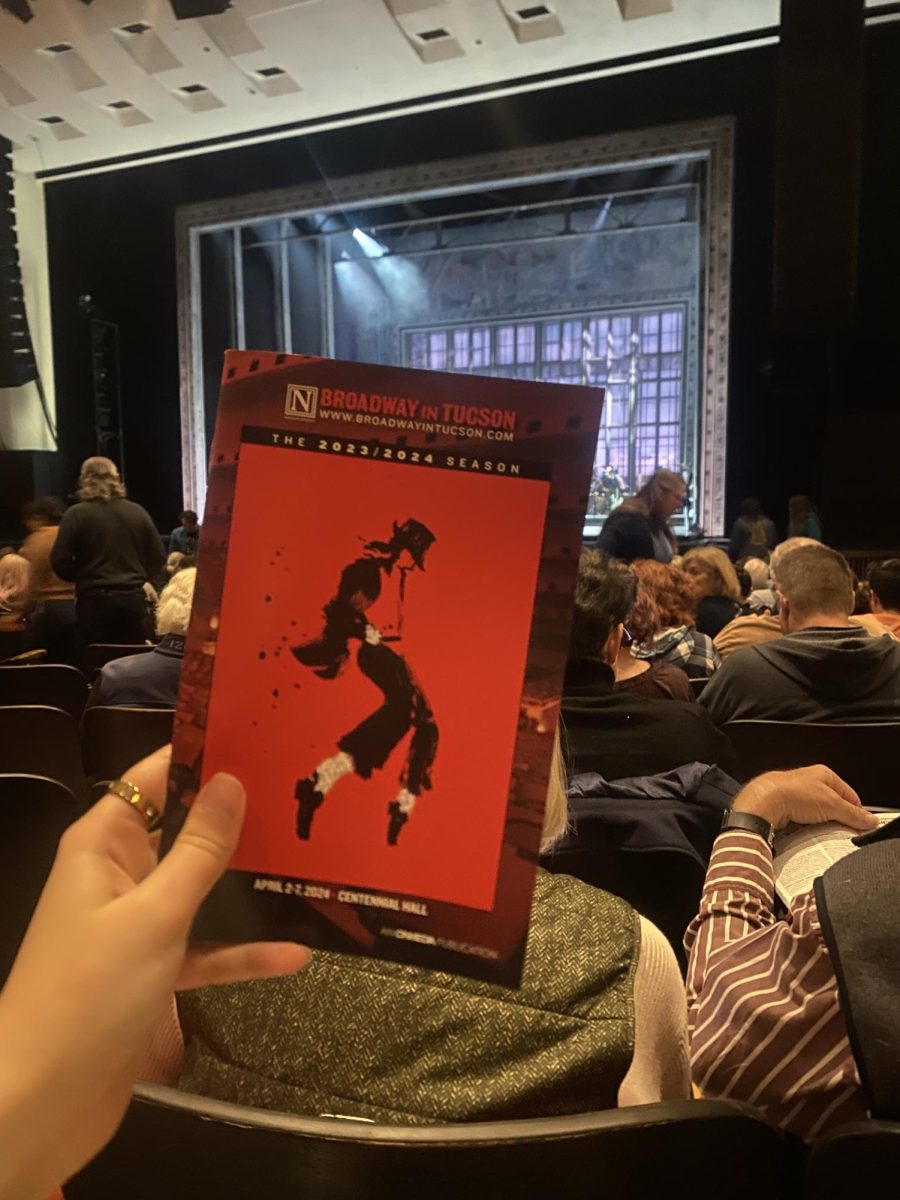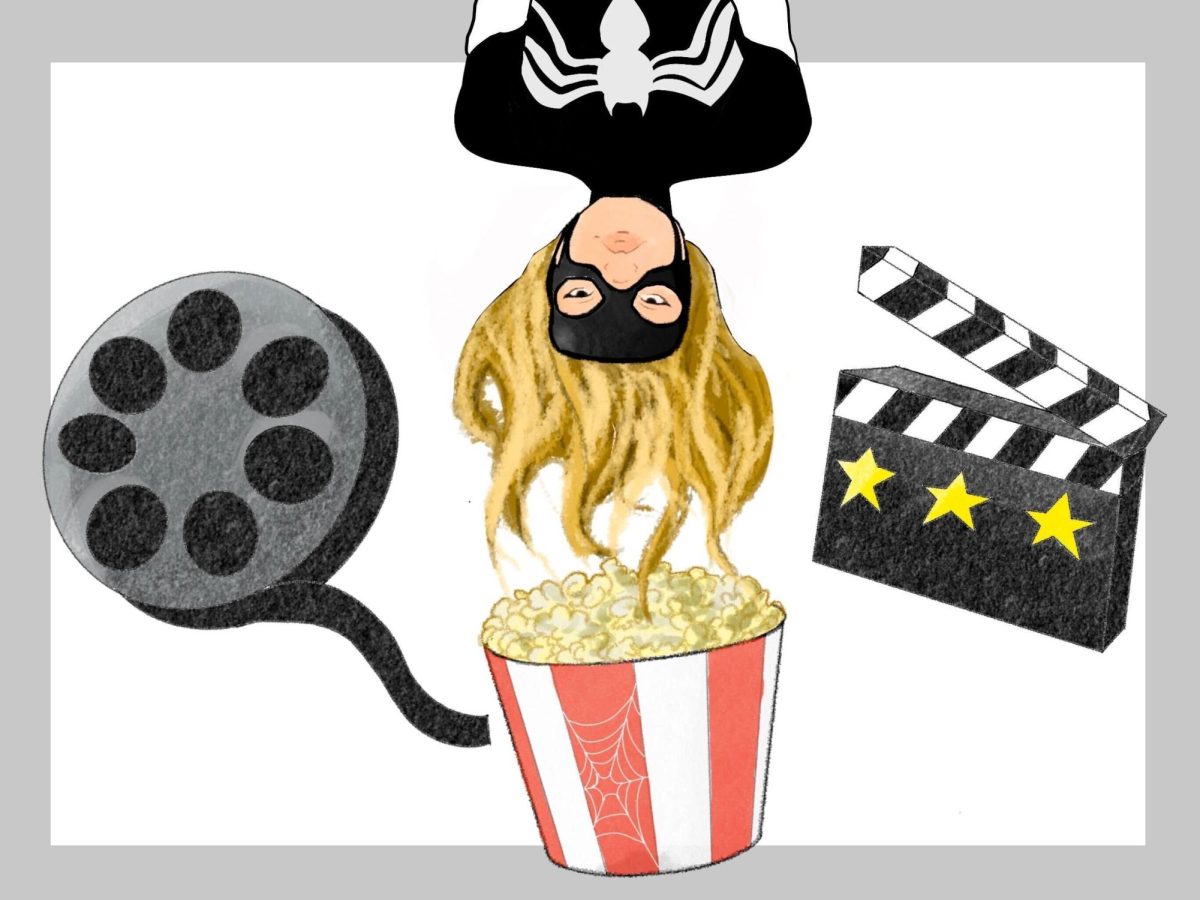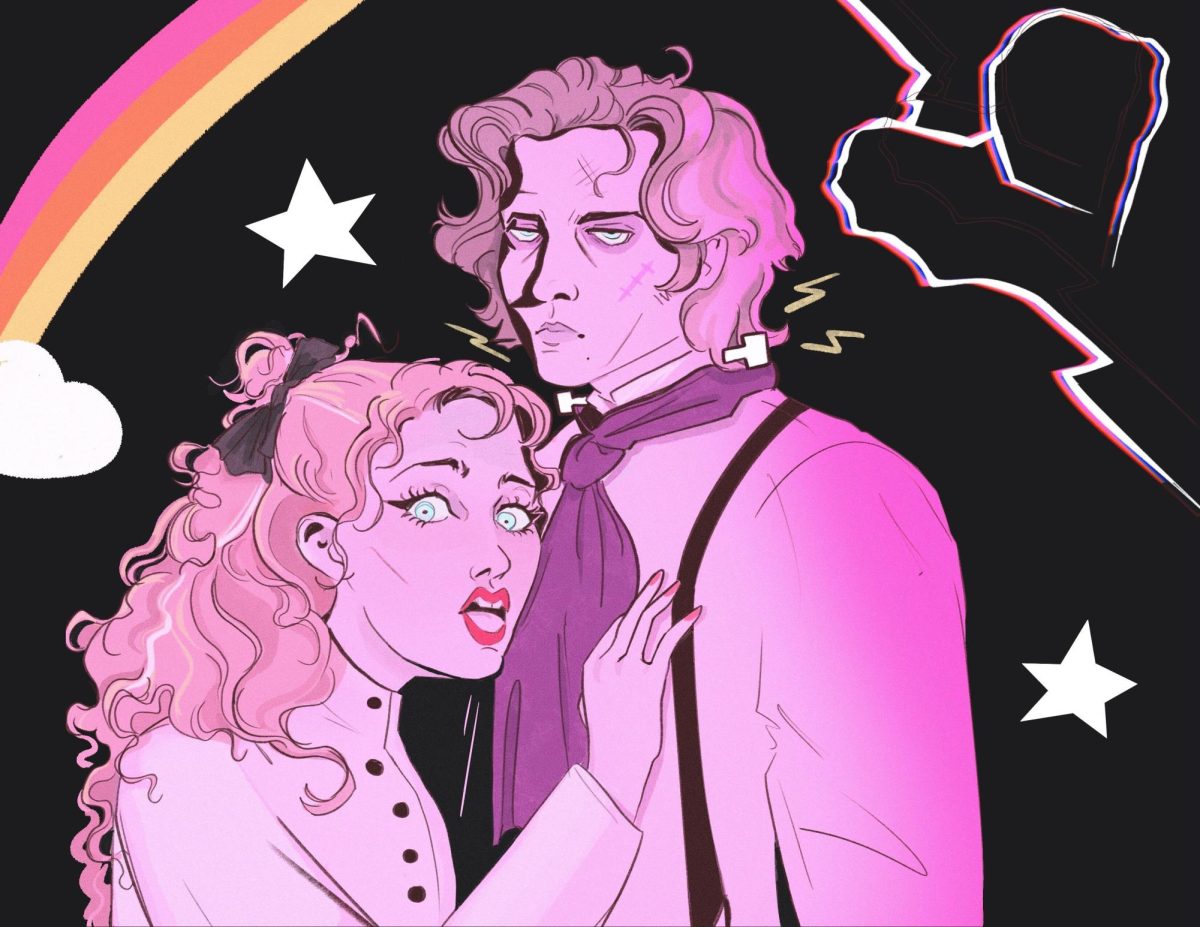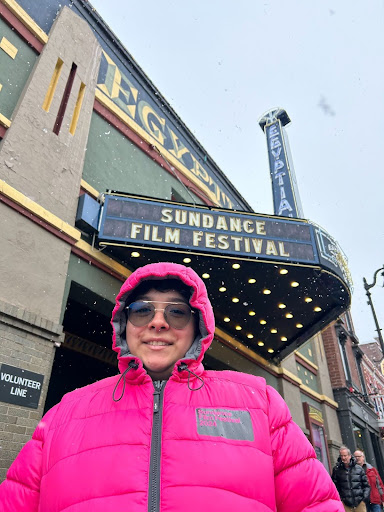Compared to the other “Hunger Games” films, “The Ballad of Songbirds and Snakes” prequel was just as brutal as they were, if not more so. For one, the audience is shown an early stage of what the Hunger Games were like before they became a multi-decade tradition, a time when tributes were still treated like cattle rather than celebrities.
I liked how symbolism and Easter eggs were used to foreshadow the original series. Some of them were easy to spot because they were physical but others you really had to listen to what the characters were saying. The audience also got to see the ancestors of certain figures from the original Hunger Games series.
This film showed how President Coriolanus Snow became the way he is, or at least the evolution of him embracing his true colors. The beginning of the film shows that while yes, he does have a bit of a manipulative and cold side, he still has some compassion and warmth left in him when he’s around his family and Lucy Gray. But slowly that manipulation becomes more sinister and dark, and by the end of the film we see him become the President Snow was shown to us 11 years ago in the very first Hunger Games film and read about 15 years ago in the first book. It felt almost surreal to watch someone fall into darkness as his story progressed.
The setting was also a character of its own. The Capitol was in its early stages of becoming the powerful city from the first film, which is shown with the city’s buildings and the new ones being built. The arena was also more of a Roman gladiator fighting arena rather than a specific setting to fight, which shows how much the games evolved after the 10th one.
While we aren’t shown the other districts except 12 in this film, we can see how it started out in the working areas as well as the surrounding forests. When compared to the original Hunger Games films, there is a definite evolution of the landscapes in both District 12, the Capitol and the arena as well.
The wardrobe designs were predated to what would soon become Capitol couture for Capitol citizens. They also showed what District citizens wore for the reaping, which was their “Sunday best”, and their regular clothing. Not much changed for District citizens when you watch the original Hunger Games films which shows how while the Capitol grew the Districts more or less stayed the same. The Peacekeeper outfits also showed definite evolution.
The soundtrack was amazing, especially since James Newton Howard was brought back to score it. He was the original composer and brought this prequel its own breath of life that both differed yet matched with the other films. Rachel Zegler also sang with her own voice which really brought her character of Lucy Gray Baird to life.
But like the other four films, this one had a few changes from the books, some noticeable, some not. Personally, some of it worked in the film and some of it didn’t as parts of the book could’ve really amped up certain characters. It’s really up to the viewer’s taste and if they’ve read the books.
This film has definitely earned its place in the “Hunger Games” film series. It made me think about all the history that happened between this film and the original series that we don’t get to see. The 10th annual Hunger Games may have started what would soon become the modern Hunger Games, but what about those between the 10th and 74th?
Follow the Daily Wildcat on Instagram and Twitter (X)



